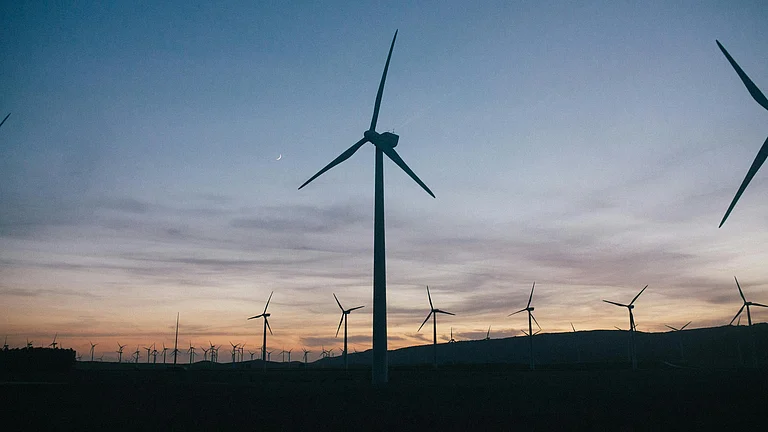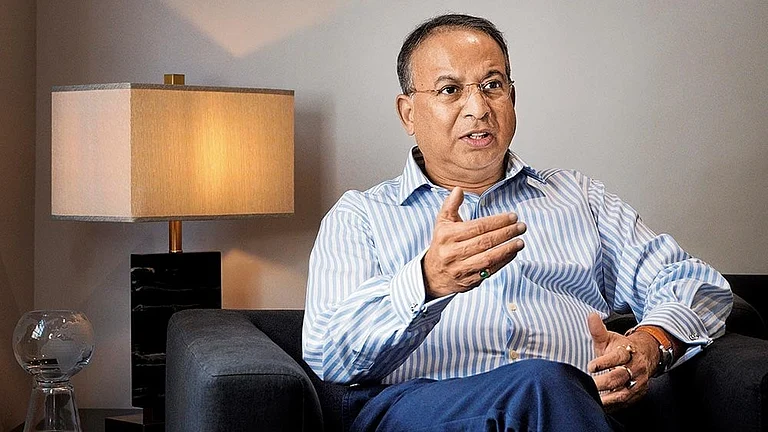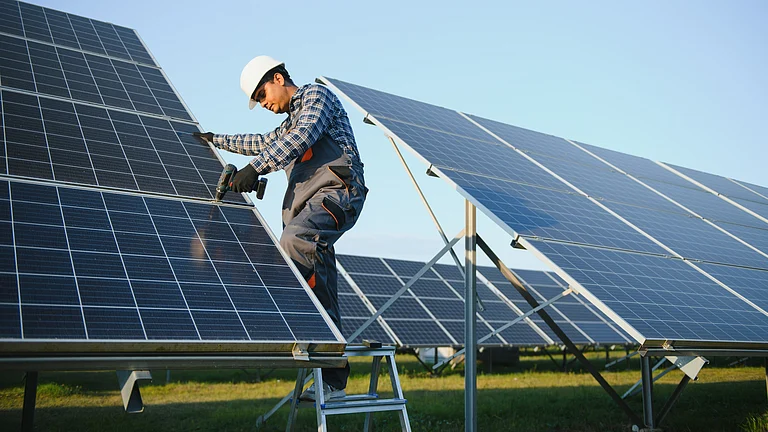India is one of the fastest-growing markets for renewables, in particular solar, with a cumulative capacity of over 100GW installed in the past 10 years or so. India has also set itself an ambitious goal of reaching non-fossil capacity of 500GW by 2030, largely driven by solar.
India will need to instal 50–60GW per year from now till 2030 to reach this important milestone, which is the first step in our net-zero goal by 2070. While we have seen increase in auctions for solar, there is now a clear preference towards round-the-clock (which is a combination of wind, solar and storage) and firm and dispatchable renewable energy (FDRE), which eases grid integration and also provides renewable energy (RE) for the service evening peak (which solar alone is unable to).
This change in market demand may see a slight slowdown in the pace of RE, but it is pertinent to note that there is a massive potential of decentralised renewable energy (DRE) which is largely untapped and is now getting attention.
DRE provides power near (or at) the load centre and therefore is an attractive option for consumers to avail of reliable power at low cost. For utilities, the losses in DRE generation and consumption are negligible and the capital cost for grid extension is also minimised.
DRE also has very significant social and economic impacts on lives and livelihoods, particularly in rural areas, which are a major driver of energy demand. Just two examples of DRE—rooftop solar and agricultural solarisation—show its importance for the socioeconomic development of India and in making it energy secure.
India is showing the world how economic development can be achieved with clean energy, unlike fossil fuel-led development
Solar Secure
India has a connected load of 150GW to agricultural pumping; in most states, agricultural consumption is highly subsidised or even free. Moreover, the cost of delivering grid power to farmers is over Rs 8 per unit while the average subsidy that state governments provide to utilities is about 50% of the delivered cost.
As a result, the electricity is unreliable and utilities usually service agriculture during the evening or night. Converting the entire load to solar can result in a cost of delivery for utilities of around Rs 3.5–4 per unit if small solar power plants are installed near clusters of villages. This would also enable farmers to get reliable electricity during the day.
The PM-Kusum scheme, launched in 2019, has now gained strong focus and some states are witnessing significant demand from developers for these small projects. In Rajasthan and Maharashtra, almost 15GW of projects, ranging from 1MW to 10MW, are under implementation at tariffs of about Rs 3.5 per unit.
The ambition of these two states is to implement over 30GW in the next 2–3 years. More states are now promoting this scheme as they see it as one of the ways to reduce their losses as well as cross-subsidise (state governments only provide 50% of the cost of delivery and the rest is cross-subsidised by commercial and industrial consumers).
In the medium term, this would bring down industrial tariffs, making the state an attractive option for industrialisation. If the top 10 agricultural-producing states have similar ambitions, the target of 150GW could easily be achieved.
Expanding the Footprint
The second programme is perhaps the largest just energy transition programme in the world: the PM Surya Ghar Muft Bijli Yojana, which promotes rooftop solar in households and small businesses. The goal is to reach 1 crore installation in the next two years.
In the first year of the scheme, almost 10 lakh installations have taken place with a cumulative capacity of over 4GW. This enables households to reduce their cost of energy (due to the availability of subsidies) and become ‘prosumers’ by selling power to the grid. The interest in the scheme has also been significant with over 1.5 crore registrations and counting.
The government has eased the process by making the entire transaction online and free of any bureaucratic red tape—a consumer can register, assess their rooftop potential, order the equipment from empanelled vendors, avail of loan from banks, have the installation done and get the subsidy done online.
In the next 2–3 years, this scheme will usher in 50GW of rooftop solar, which will reduce the cost of energy to households, making them energy secure, provide alternatives to diesel generators for small business, making them cost-efficient, and will also ease the burden on utilities by optimising their power procurement cost (which accounts for 70–80% of their revenues), thereby leading them to a path of financial viability.
Social Impact
A study by the Global Energy Alliance for People and Planet (GEAPP) interviewed locals in Rajasthan to see how their lives have been impacted by PM-Kusum plants. The outcome is extremely encouraging and [the programme] has had a very positive social and economic impact.
A focus on DRE at scale is ushering in a new economic development model that is unseen and uncharted in the world. India, with its bold ambition and a game plan for implementation, is showing the world how economic development can be achieved by clean energy, which is very different from the fossil fuel-led economic development that we have seen so far.
India truly, with its ambitious policies and plans, has a new economic development model that will help the Global South develop by minimising fossil fuels and which will be a giant leap toward climate sustainability.
The writer is vice-president, GEAPP India











